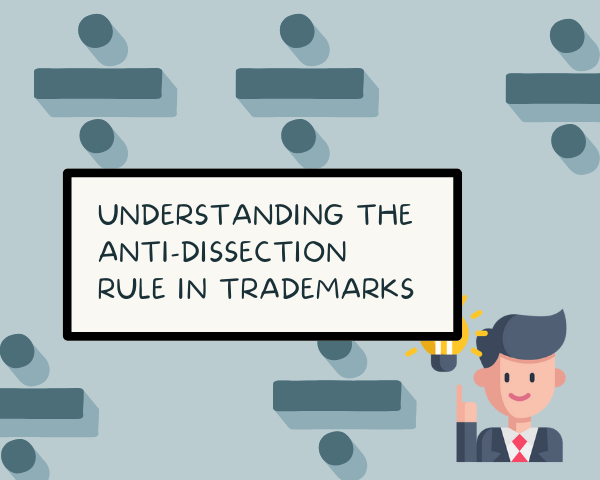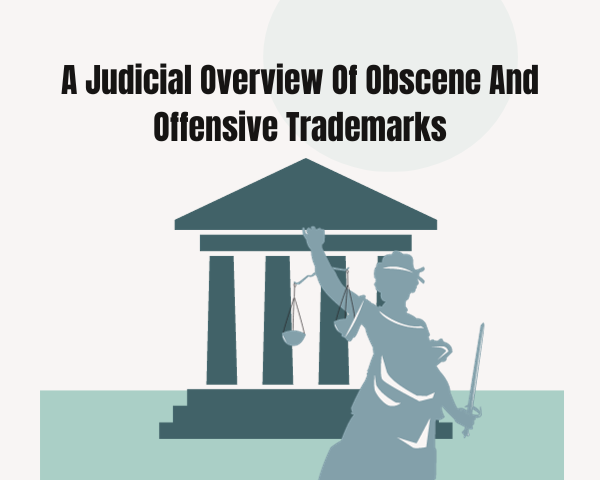Shakespeare once wrote, ‘What’s in a name?’ Apparently, there’s a lot. The tussle involving Maruti Udyog and Maruti Piston Pvt Ltd is one such instance.
It all began when Maruti Piston Pvt Ltd, a North-Gujarat-based company engaged in the manufacture of pistons since 1991, sought to register the trademark ‘Maruti’. They had adopted the trademark in accordance with the rules and the same had been advertised in the Trademark Journal. Maruti Udyog, a reputed manufacturer of automobiles, opposed the registration stating that they had already registered the mark in 1972. Since the mark adopted by Maruti Piston Pvt Ltd was similar to that of Maruti Udyog, they claimed that it would impugn their goodwill and reputation.
The Registrar of Trademarks held the trademark ‘Maruti’ to be non-registrable for the Gujarat-based company. Aggrieved they filed an appeal before the Intellectual Property Appellate Board.
Through a bench comprising of Chairman KN Basha and technical member Sanjeev Kumar Chaswal, the IPAB held that the piston company had failed to prove that its mark was distinct from that of Maruti Udyog who had registered the mark in 1972 and had commenced business by 1984 and therefore, the mark could not be registered in favor of Maruti Piston Pvt Ltd.
On what grounds did the IPAB reach this conclusion?
S11 of the Trade Marks Act lays down the relative grounds owing to which the registration of a mark can be refused. The section states that in the event of a mark being identical to an earlier trademark and dealing with similar goods and services as the trademark, the mark that seeks registration shall not be registered [11.1(a)].
In this case, the mark adopted by Maruti Piston Pvt Ltd was identical to that of Maruti Udyog. In addition both deal with goods under Class 12 of the Nice Agreement i.e. vehicles and apparatus for locomotion by land, air, or water. Further reliance was placed on various judicial pronouncements.
In Mumtaz Ahmed v. Pakeeza Chemicals (AIR 2003 All 114), it was held that the broad and essential features of the two opposing marks are to be considered. Reinforcing the same idea, the Court in BDH Industries v. Croydon Chemical Works Pvt. Ltd (AIR 2002 Bom 361), held that apart from the structural, visual, and phonetic similarity or dissimilarity, the question has to be considered from the point of view of a man of average intelligence and imperfect collection. Secondly, it has to be considered as a whole, and thirdly it is the question of the impression.
Considering this, there is a likelihood of confusion arising in case the mark is registered in favor of Maruti Pistons Pvt Ltd. As a consequence, it would encroach upon the goodwill and repute built by Maruti Udyog over the past 31 years.
It is for this reason that a thorough check must be undertaken before the adoption of any trademark. Omission to do so would result in mindless dissipation of resources through litigation.
If you are looking to know what amounts to trademark infringement, then the following articles will give you the answer!
Trademark Infringement in India – Direct and Indirect
Cross Border Trademark Infringement
Ambush Marketing: Strategy or Infringement?
Section 142: Dealing with Trademark Bullying in India
Let The ‘Blue Frog’ Battle Begin!




